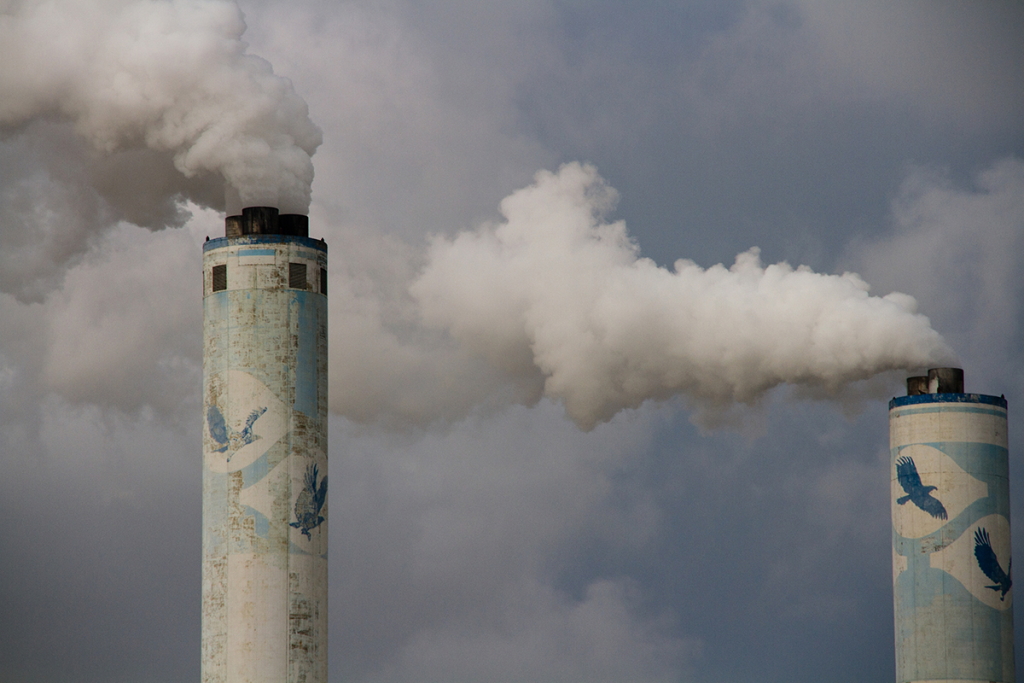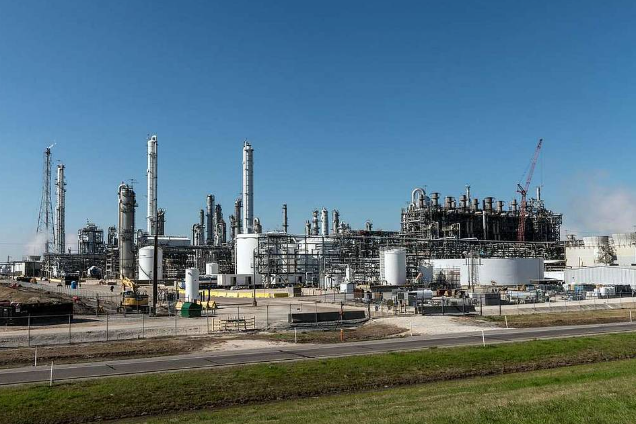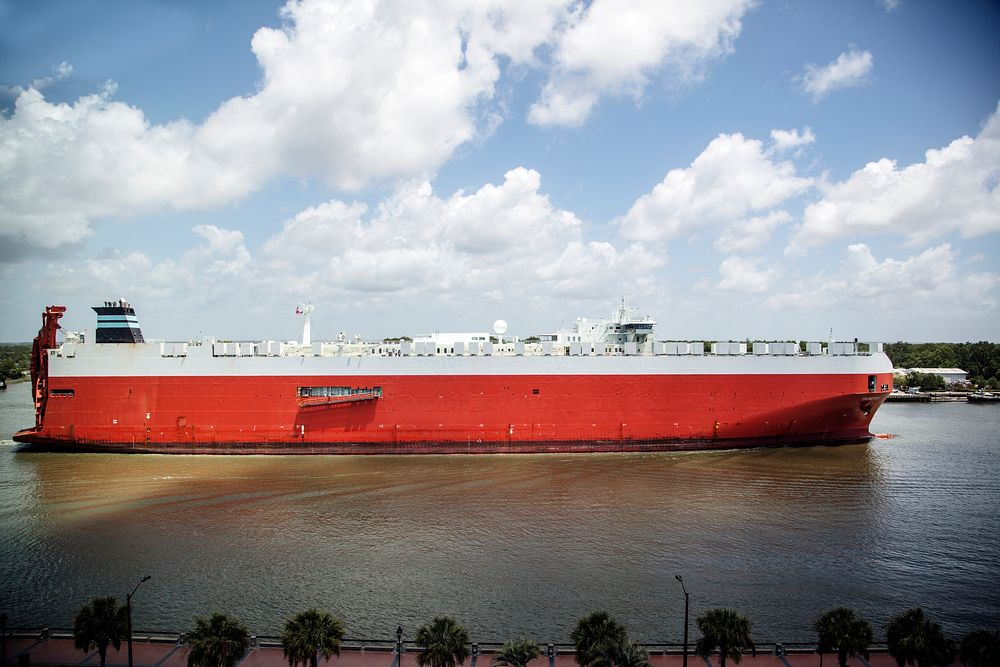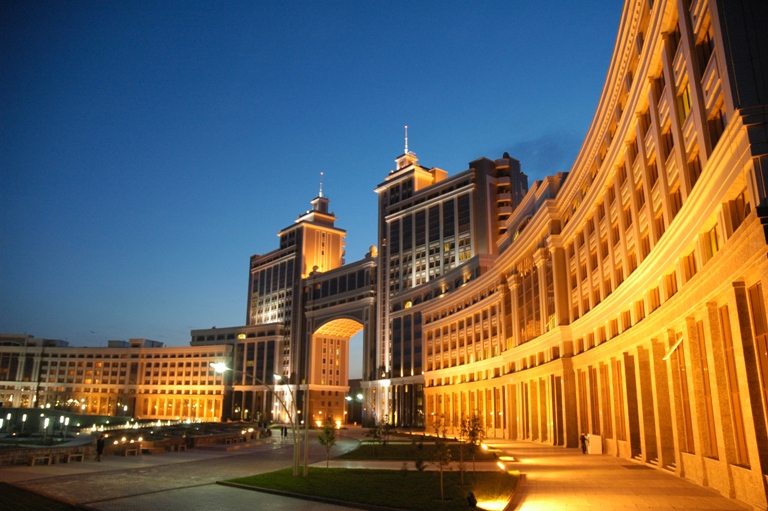
“There should be no Russian energy in Europe,” Ukrainian President Volodymyr Zelensky declared after Kyiv’s most recent long-range UAV strike that put Russia’s largest gas processing plant offline. The October 19 UAV attack on Gazprom’s Orenburg plant, which was a center for both Russian and Kazakh gas flows, was no run-of-the-mill combat incident it was a strategic preemptive strike against Moscow’s wartime economy as well as a threat to its energy allies.

This attack occurs within a wider Ukrainian offensive that is hitting refineries, terminals, and pipelines well within Russian borders. It already brought Russia’s fossil fuel exports to its lowest point since 2022 when Russia started its full-scale invasion of Ukraine, as well as revealing regional energy networks’ weakness from Kazakhstan to the EU. The attack is significant to both energy experts and defense strategists due to its revelations on changing tactics of warfare, weakness within supply lines, and the fluctuating equilibrium of geopolitical power.

1. The Orenburg Plant’s Central Role within Eurasian Gas Flows
The Orenburg gas processing plant is largest in the world with 45 billion cubic meters per year capacity and is owned by Gazprom Pererabotka. The plant processes Russian Orenburg fields’ condensate as well as up to nine billion cubic meters of Kazakhstan’s Karachaganak field with part being delivered back to Kazakhstan’s northern regions. The plant’s shutting down after the Ukrainian strike halted reception from Kazakhstan, revealing Astana’s dependence on Russian downstream networks both for home supply as well as for its export obligations. Experts anticipate that sustained interference would be limiting both gas as well as oil output at Karachaganak since associated gas processing is central to liquids production. The interdependency escalates the effect of such strikes well outside Russia’s borders due to influence on regional energy security as well as export earnings.

2. Kazakhstan’s Exposure and Search for Alternatives
The energy ministry of Kazakhstan confirmed suspension of gas supply from Karachaganak to Orenburg following the UAV attack. While domestic consumers are not affected as of now, the attack is a reminder on Astana’s plans to develop a domestic gas processing plant as well as diversify routes for exports. Efforts to diversify the Trans-Caspian International Transport Route connecting Kazakhstan with Azerbaijan and Georgia have been aided both by EU and World Bank initiatives. Analysts like Olzhas Baidildinov argue that having foreign-dependent infrastructure, especially inside Russia’s borders, exposes Kazakhstan to spillover from aggression as well as supply disruptions that can come from sanctions.

3. Building Drone Warfare Capabilities of Ukraine
The raid is a sign of Ukraine moving in the deep-strike direction through its Unmanned Systems Forces (USF), which was created in February 2024 as the globe’s inaugural independent drone force. The 14th Unmanned Aircraft Systems Regiment of the USF activated a massive fleet of long-range UAVs that can punch through Russia’s air defenses. The Russian Defence Ministry reported that it intercepted 45 Ukrainian UAVs at night, though one succeeded in getting as far as Orenburg. The scale of such operations sometimes with dozens of strikes simultaneously has forced Moscow to expand its coverage of its air defenses over gigantic energy and industrial sectors.

4. Effect on Russian Fuel Exports and Refining Output
Ongoing Ukrainian attacks propelled Russia’s fossil fuel exports’ revenue to its lowest since its invasion with revenues for September 2025 falling to EUR 546 million per day. Export of oil products dipped 13% month-on-month while refining throughput is down 10% compared to pre-strike levels. The International Energy Agency warns that recovery may take until mid-2026, with one in three refineries hit since August. Seasonal maintenance and targeted strikes on facilities like the Ust-Luga terminal have further constrained exports, prompting domestic fuel shortages and government-imposed price caps.

5. Embargos, Limitaes no Preco e a ‘Shadow
Defying sanctions, Russia is still exporting huge volumes aboard ‘shadow’ tankers 69% of its September 2025 crude exports under false pretenses and uninsured. Experts estimate that a lower price cap of USD 30 a barrel can cut Russia’s income by 40% since December 2022. Loopholes of refinement and enforcement gaps allow Russia’s crude to flow into world markets. Closure of these loopholes and the tightening of shipping monitoring would amplify the economic effect of Ukrainian strikes.

6. European Energy Market Vulnerabilities
Russia’s strikes on Ukrainian energy infrastructure compelled Kyiv to purchase nearly five billion cubic meters of gas from Western markets from February through September 2025, which significantly increased regional demand as well as prices. Yet transportation chokepoints such as Slovakia’s high transmission rates as well as Romania’s bans on exports constrict access to diversification supplies for Ukraine. Without simultaneous shifts in policies, these limitations can artificially induce deficits as well as price increases throughout Central and Eastern Europe, exacerbating Russia’s and Ukraine’s energy-targetted attacks’ strategic impact.

7. Strategic Spillover into Regional Diplomacy
The muted diplomatic response to the Orenburg bombing is typical of Kazakhstan’s balancing act between Moscow and Kyiv. The government has been impartial, declined to accept Russian-claimed territory, and curtailed re-export of sanction materials to Russia while quietly accelerating diversification of energy vectors. This event reaffirms the geopolitical truth that energy assets are as much economic resources as strategic weak points. As much as regional actors now seek technical robustness to assure supply lines, they also must be diplomatically mobile within a contested energy environment.

The Ukrainian attack on the Orenburg gas plant shows how contemporary warfare can literally remake international energy flows, derail regional economies, and reveal the strategic weakness of interlinked infrastructure. The lesson is obvious for energy as well as defense scholars in this war, the front line stretches far from the trenches deep into pipelines, processing facilities, as well as sea lanes which form national power’s foundation.


